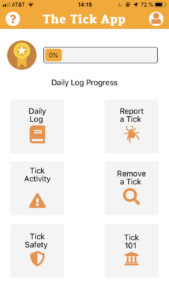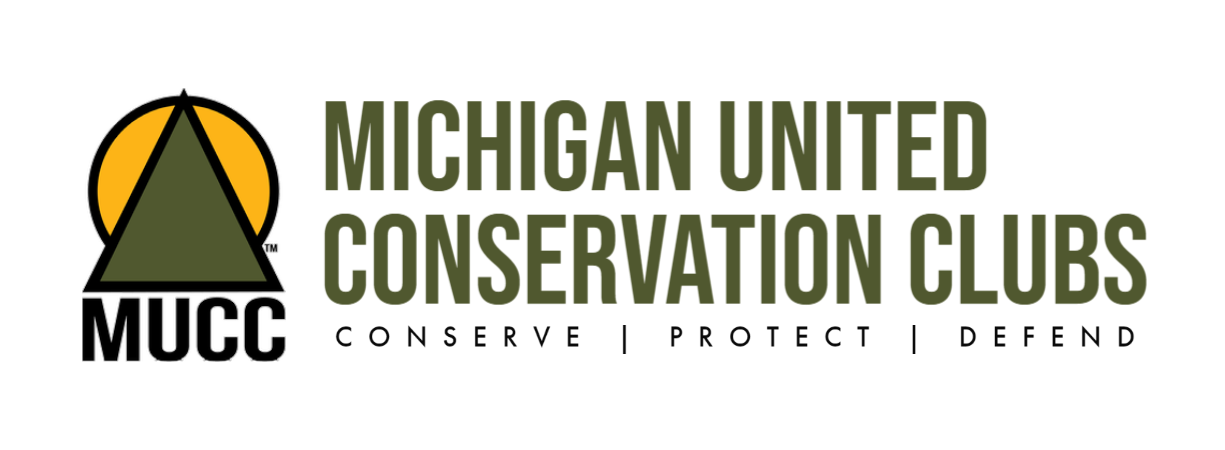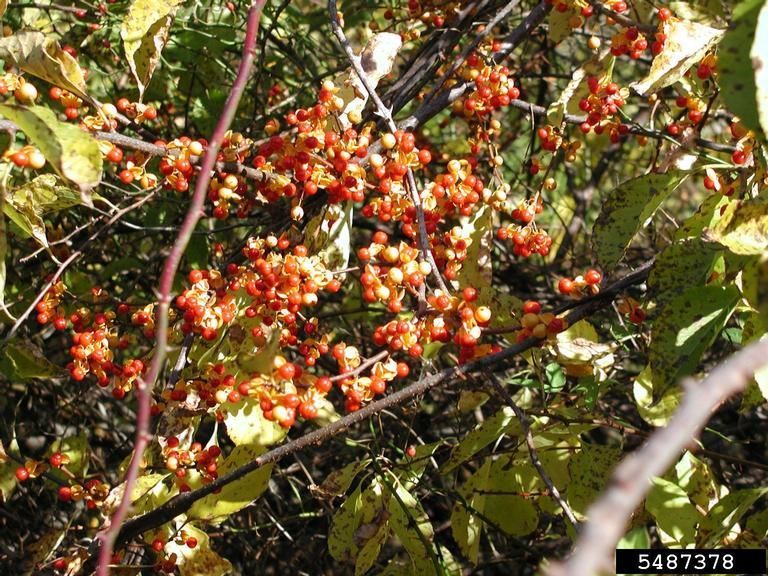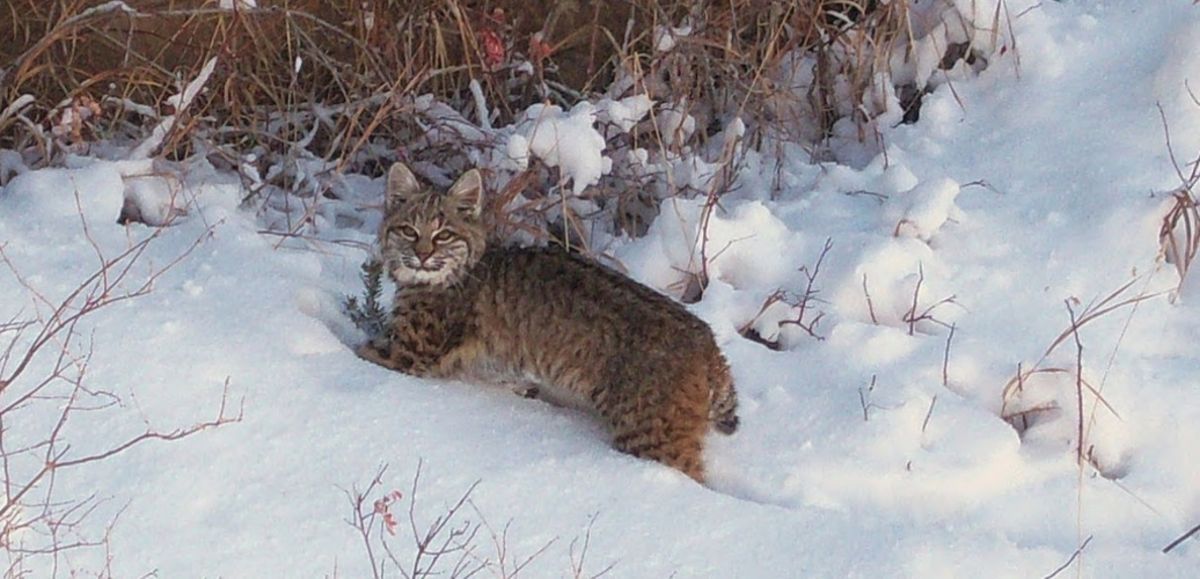Citizen Science Opportunity: The Tick App

Screenshot of The Tick App provided by The Tick App webpage.
As tick-borne diseases continue to increase annually, researchers from Michigan State University, University of Wisconsin and Columbia University teamed up to create an app that allows individuals in regions of high-risk for tick exposure to track their tick encounters. The Tick App also provides an abundance of resources about tick prevention for humans and pets, tick identification and how to properly remove attached ticks.
The Tick App is an opportunity for outdoor enthusiasts and concerned citizens of the Midwest and Northeast regions of the United States to be involved in valuable research and increase their ability to protect themselves and their pets from tick-borne illnesses like Lyme Disease. The researchers behind the app are looking for as much data as possible from these regions as tick season reaches its peak. Such data includes daily logs of tick encounters and photographs.
For more information about this valuable citizen science opportunity and how to get involved, visit the Tick App webpage . Interested individuals can either download the mobile app for Apple or Android or download the desktop version of the app.
The post Citizen Science Opportunity: The Tick App appeared first on Michigan United Conservation Clubs.



